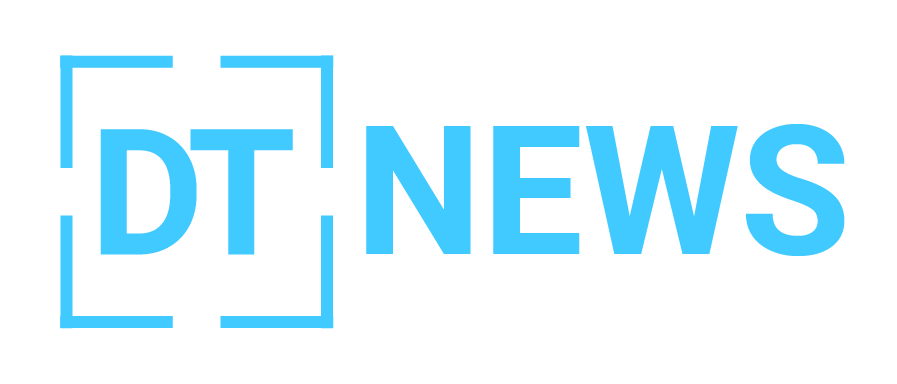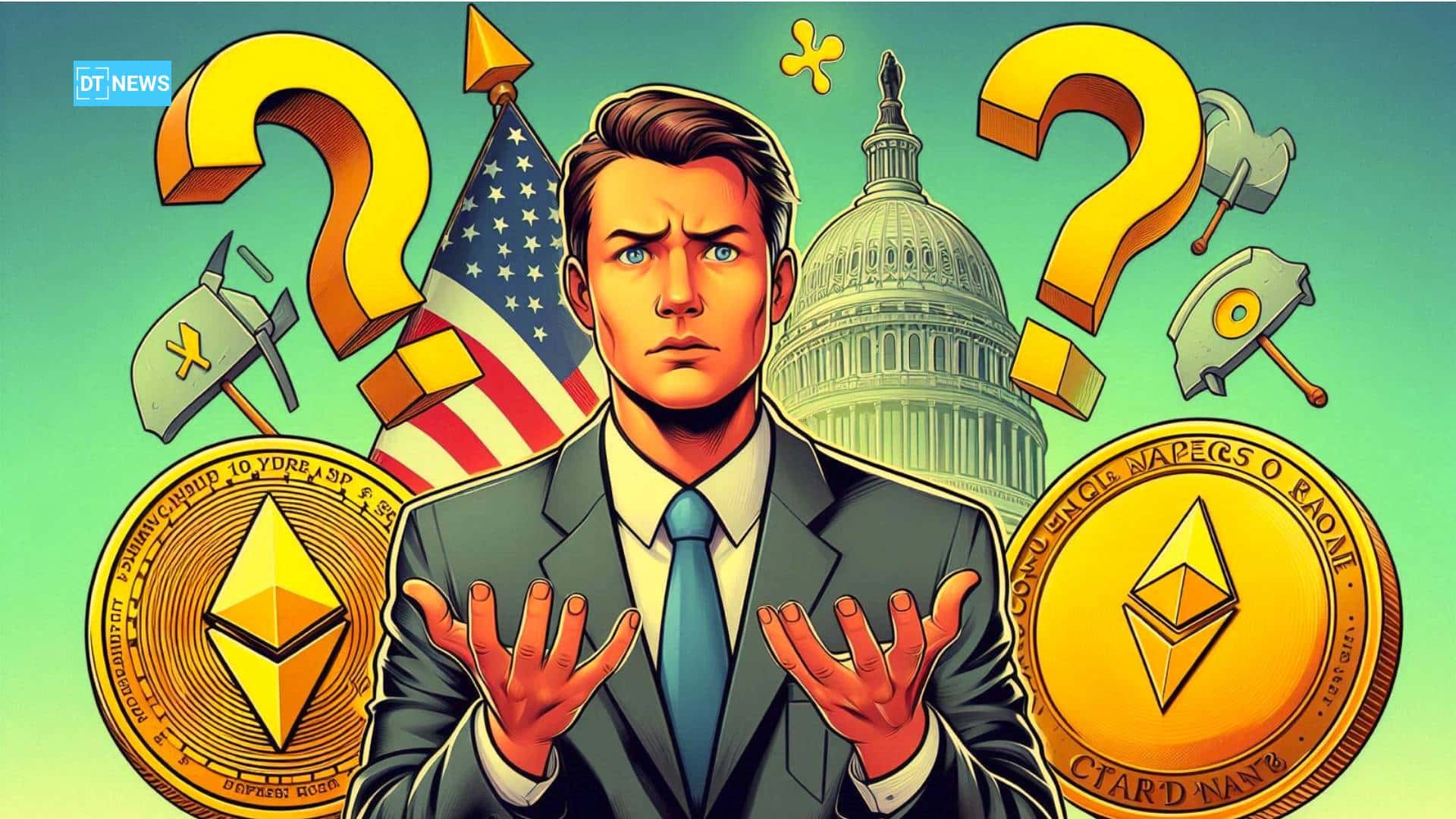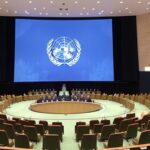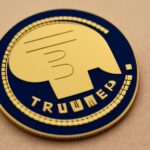According to latest reports, Conor McGregor roused a debate around the US government’s cryptocurrency holdings by asking if they will be buying XRP, Solana (SOL) and Cardano (ADA) as part of their official crypto reserve. This is based on the decentralization of these blockchains compared to Bitcoin (BTC) and Ethereum (ETH) which are widely regarded as the most decentralized networks.
- What’s in the US Government Crypto Reserve?
- Decentralization and Token Selection
- McGregor’s Crypto Advocacy Beyond the U.S.
- Conclusion: What’s Next for the US Government Crypto Reserve?
- FAQs
- What is the U.S. government crypto reserve?
- Is the U.S. government buying XRP, Solana, and Cardano?
- Why is McGregor asking about XRP, SO,L and ADA?
- What is Conor McGregor’s crypto advocacy role?
- When will the U.S. government reveal its full crypto stash?
- Glossary
In a tweet, McGregor said:
“I have learned this week not all blockchains are actually decentralised. A lot of people are telling me BTC and ETH are the only truly decentralised networks. But the US government are going to buy XRP, SOL and ADA? Give me your thoughts?”
This was in response to a post by President Donald Trump stating the Strategic US Crypto Reserve would include these tokens. Trump’s post referenced his Executive Order on Digital Assets signed on March 6 2025 which directs the government to build a crypto reserve featuring XRP, SOL and ADA to make America the “Crypto Capital of the World”.
What’s in the US Government Crypto Reserve?
The Executive Order signed by President Trump had two main objectives: first, to increase transparency around digital assets seized by law enforcement, and second, to require all federal agencies to disclose their current cryptocurrency holdings to the Treasury Secretary by April 5, 2025. Reports confirm the US government holds a substantial Bitcoin reserve primarily from assets forfeited in criminal cases and other tokens.
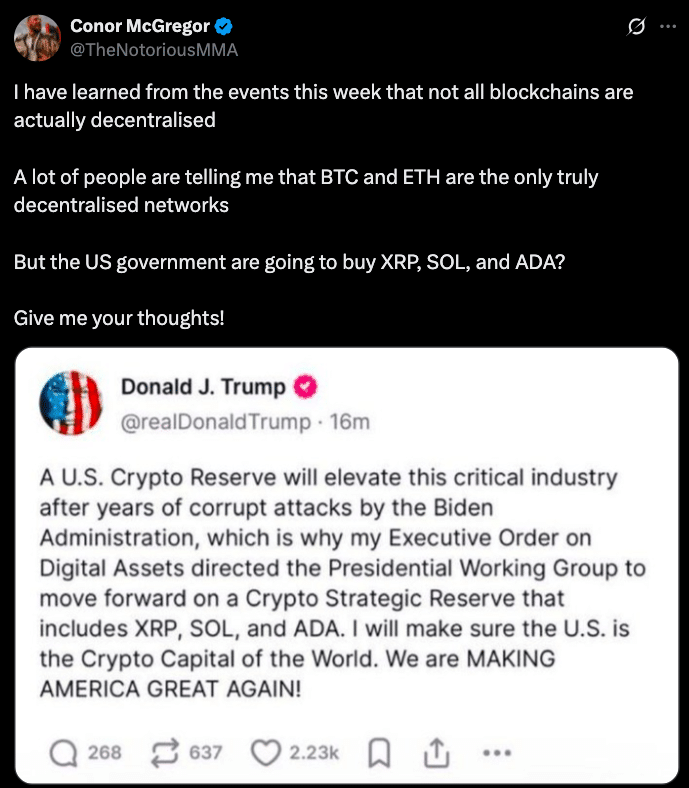
Blockchain analytics firm Arkham Intelligence reports the US government owns around 198,012 BTC worth around $21 billion. They also hold 59,965 ETH, 122 million USDT (Tether), 750 Wrapped Bitcoin (WBTC) and over 40,000 Binance Coin (BNB). But while Trump’s post implied XRP, SOL and ADA would be part of the governments digital asset portfolio, there is no official documentation or government statement confirming plans to buy these tokens beyond Bitcoin and a few others.
David Sacks the White House’s crypto czar, estimated the total government crypto holdings to be around $17 billion but said an official audit has not been done to verify these numbers. The lack of official audit and clarity has caused ongoing uncertainty around the full scope and nature of the government’s crypto reserve.
Decentralization and Token Selection
McGregor’s question raises a fundamental question in the crypto space: which blockchains are actually decentralized? BTC and ETH have been decentralized for years, XRP, SOL and ADA have been decentralized to varying degrees.
XRP is designed for fast cross-border payments and is somewhat centralized around Ripple Labs; Solana has high throughput but node centralization issues; Cardano is all about sustainability and formal methods but has a more curated node setup.
This matters because a government-backed crypto reserve sends a signal to markets and regulators about what assets are deemed trustworthy and important. For now, the government’s approach is focused on Bitcoin and established tokens acquired mainly through law enforcement seizures, not proactive purchasing or endorsement of other altcoins.
McGregor’s Crypto Advocacy Beyond the U.S.
Apart from commenting on U.S. crypto policy, McGregor has also been advocating for Bitcoin to be added to Ireland’s financial system. Since March 2025, he has been campaigning for a national Bitcoin reserve in Ireland. On May 22 he said
“first man to win two belts in the cage. First fighter to walk in as president. First president to put Bitcoin on Europe’s balance sheet” sharing his intention to merge his political ambitions with crypto advocacy.
The next Irish presidential election is November 11 2025 and he’s stepping up his messaging although he hasn’t been officially nominated yet.
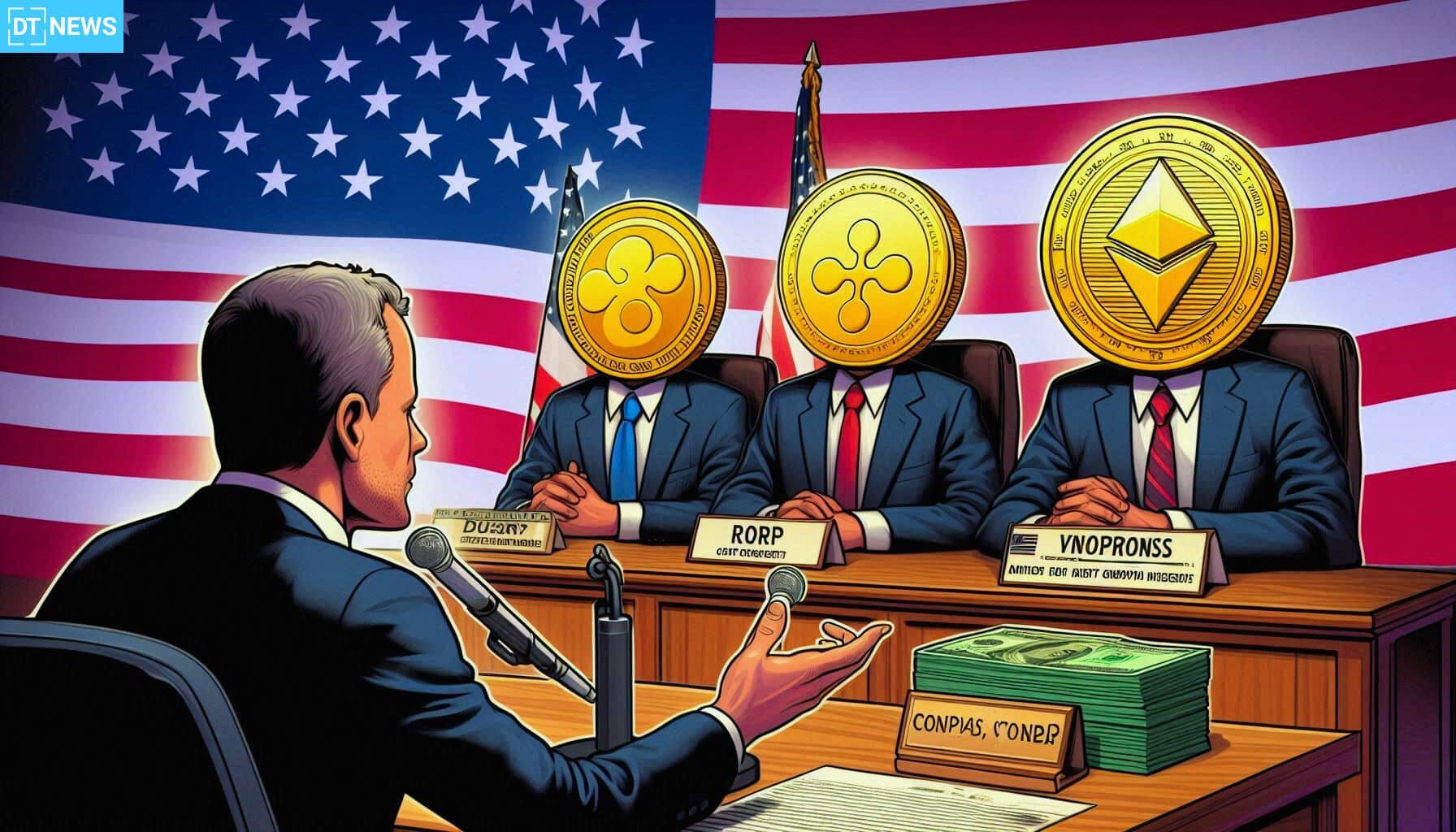
His vision mirrors what leaders like El Salvador’s Nayib Bukele have done by integrating Bitcoin into national policy. McGregor’s increasing political and crypto related statements show the growing intersection of digital assets and geopolitics.
Conclusion: What’s Next for the US Government Crypto Reserve?
While McGregor’s question raises important points, the US government’s current stance is cautious and focused on transparency and oversight of existing crypto holdings, not expanding into altcoins like XRP, SOL, and ADA. The upcoming audits and disclosures required by the March 2025 Executive Order will give more insight into what’s in the government’s crypto stash.
As digital assets become more important to the global financial system, these developments will have big implications for regulation, market confidence, and technological adoption. Everyone is watching as the US figures out its digital asset policy, balancing innovation, security, and transparency.
FAQs
What is the U.S. government crypto reserve?
A digital asset stockpile established by an Executive Order in March 2025 mainly consisting of cryptocurrencies acquired through legal seizures and held to increase transparency and regulatory oversight.
Is the U.S. government buying XRP, Solana, and Cardano?
No official plans or purchases have been announced beyond Bitcoin and a few other tokens acquired mainly through forfeiture.
Why is McGregor asking about XRP, SO,L and ADA?
He doesn’t think these networks are decentralized like Bitcoin and Ethereum and questions why the government would choose to acquire them.
What is Conor McGregor’s crypto advocacy role?
He’s campaigning for a national Bitcoin reserve in Ireland and promoting Bitcoin into the financial system as part of his political messaging.
When will the U.S. government reveal its full crypto stash?
Agencies were required to report by April 5 2025 and more transparency will come through upcoming audits.
Glossary
Crypto Reserve: The Government’s crypto stash for various reasons.
Blockchain: A decentralized ledger that records transactions across many computers.The White House
Cryptocurrency: A digital or virtual currency that uses cryptography for security and is not controlled by a central authority.
Decentralization: Moving authority, functions and decision making away from a central authority.
Digital Asset: A digital asset including cryptocurrencies, tokens and other forms of digital value.
Executive Order: A presidential directive that manages the operations of the US government.
